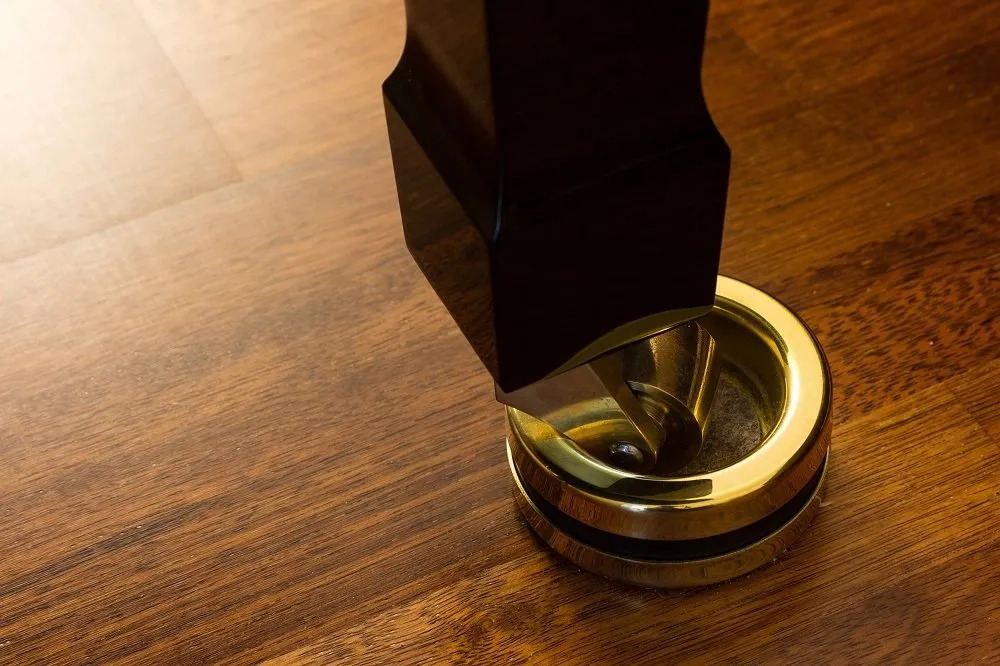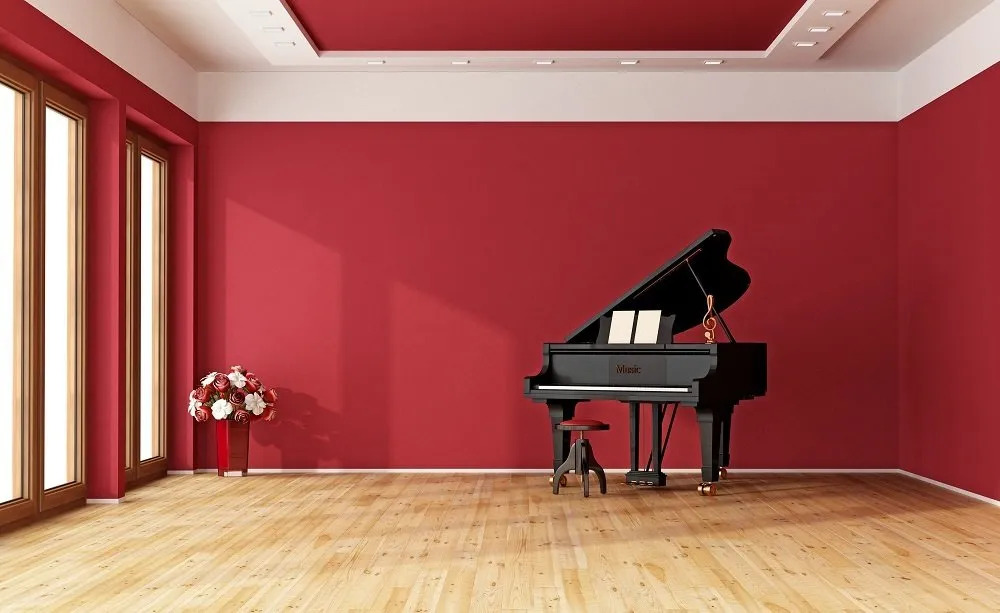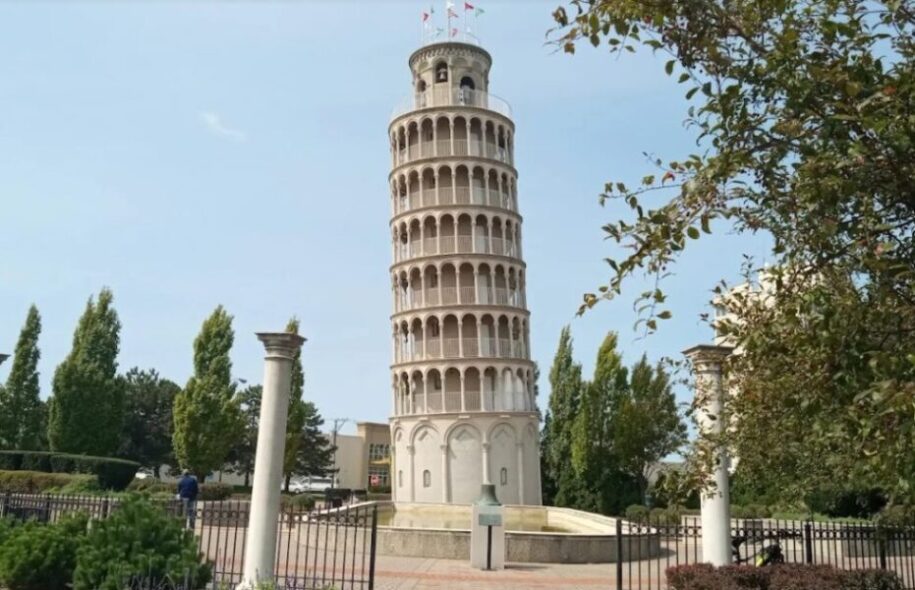Moving a piano is always a big deal, simply because a piano is expensive, can be unwieldy, and can cause damage to your home when it’s not done properly. It’s even more nerve-wracking to move a piano when you have a hardwood floor to get across. Fortunately, if you follow the tips of a Chicago piano mover, you’re sure to move your piano safely without damaging it, your hardwood floor, or yourself in the process.
Don’t Count on Casters
Those casters—small wheels on the bottom of your piano—may look like an easy way to gently roll your piano across the floor, but don’t be fooled. The casters are far less sturdy than they look and will often break when used to roll your piano very far. It’s best to just pretend those wheels aren’t on the bottom of each leg and to treat them as more of a decorative component of the piano rather than a functional one.
Cover the Casters
In addition to not being a sturdy option for moving the piano, the casters can cause significant damage to your flooring, so it’s actually best to cover the casters when you move the piano. You can find caster cups that cover the legs on furniture to protect the floor. This is what you should use for your piano move as well. The casters have soft bottoms that will allow the piano to more gently slide across the floor if you’re simply moving the piano to somewhere else in the home.
Utilize Piano Dollies
If you’re moving your piano a greater distance, you’ll want to use piano dollies. These are large, flat platforms with four wheels that your piano can actually sit on. You’ll want at least two piano dollies that you can slide under each side of the piano if you’re moving an upright piano. Grand pianos can also utilize piano dollies, but they require a lot of help to balance the piano on the dollies. Although it’s possible to get enough manpower to simply lift the piano and move it across the floor, dollies eliminate the chance of someone tiring out and accidentally dropping a corner of the piano, potentially damaging the piano itself and your hardwood floor.

Protect the Floor
If you’re unable to get a piano dolly or caster cups due to a time crunch, you can still move your piano safely without damaging the floor, use something to protect the floor, such as moving pads, blankets, or even cardboard. The important thing is to make sure you use something that won’t be a tripping hazard, especially if you’re lifting and moving the piano rather than pushing it.
Consider Professional Help
Even following all the previous tips doesn’t guarantee a safe move for your piano of your hardwood floor. That’s why it’s best to keep your piano and floor safe by hiring the best piano mover money can buy. One reason it’s a good idea to hire piano movers is because the procedure for moving a piano can vary depending on the type and size of piano you’re moving. For instance, a grand piano requires the legs to be removed to avoid damage, while different types of uprights will require a different amount of manpower. A professional piano mover will know exactly what tools, equipment, and manpower is needed to make sure your piano is moved safely without damaging your floor.
Need to move a piano? Trust Wolley Movers, Chicago’s experts in safe, professional piano moving. Call us at 773-299-1039 or request a quote online now.








